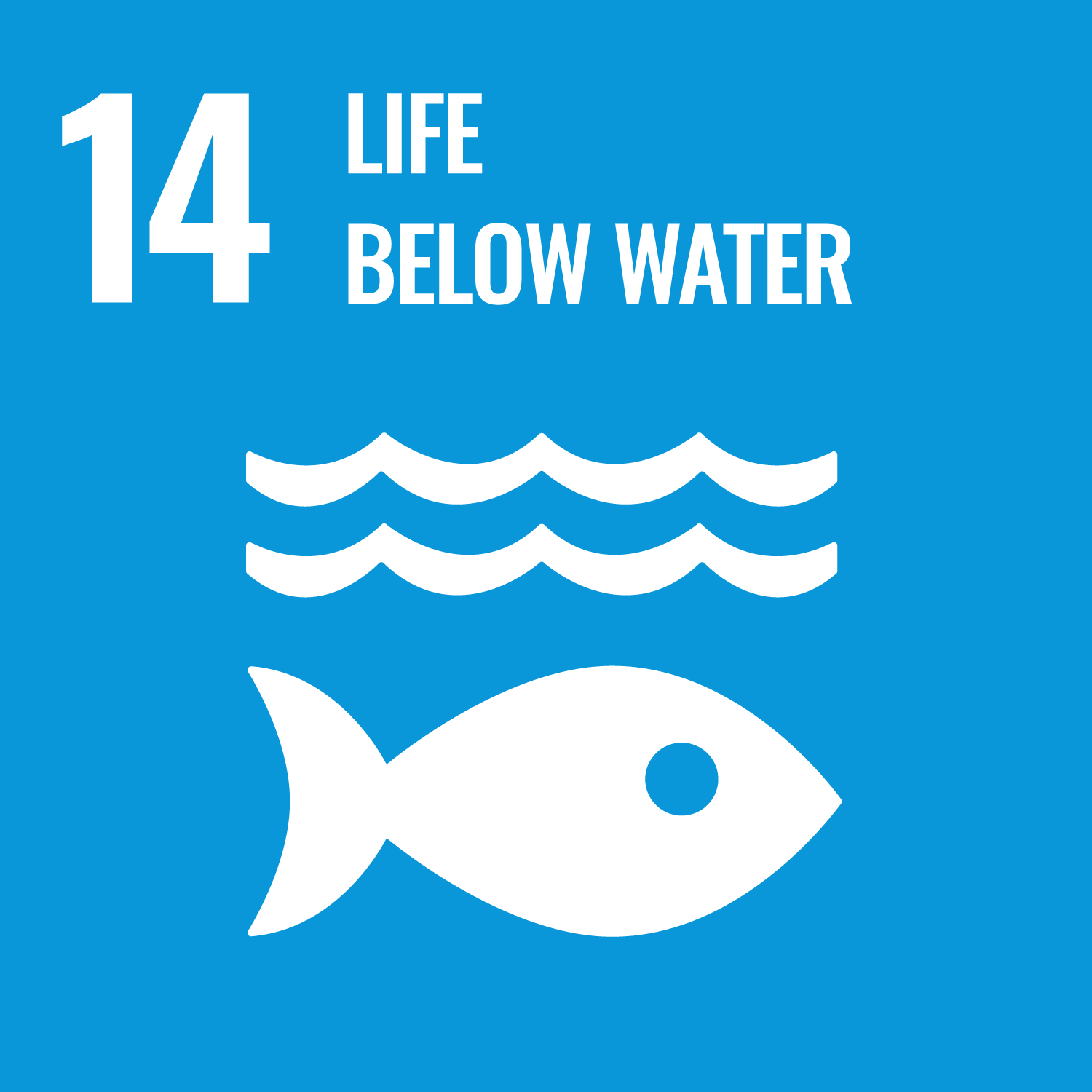ORCID
- Simon D. Rundle: 0000-0002-9570-7070
Abstract
© Inter-Research 2018. Low-pH vent systems are ideal natural laboratories to study the consequences of long-term low-pH exposure on marine species and thus identify life-history traits associated with low-pH tolerance. This knowledge can help to inform predictions on which types of species may be less vulnerable in future ocean acidification (OA) scenarios. Accordingly, we investigated how traits of calcifying polychaete species (Serpulidae, Spirorbinae) varied with pH using a functional trait analysis at 2 natural pH gradients around the Castello Aragonese islet off Ischia, Italy. We first observed the distribution and abundance patterns of all calcifying polychaete epiphytes in the canopy of Posidonia oceanica seagrass across these gradients. We then used laboratory trials to compare fecundity, settlement success, and juvenile survival in the dominant species from a control (Pileolaria militaris Claparède, 1870) and a low-pH site (Simplaria sp.). We found significantly higher reproductive output, juvenile settlement rates, and juvenile survival in Simplaria sp. individuals from the low-pH site, compared to P. militaris individuals from control pH sites, when observed in their respective in situ pH conditions. Our results suggest that tolerance to low pH may result, in part, from traits associated with successful reproduction and rapid settlement under low-pH conditions. This finding implies that other species with similar life-history traits may respond similarly, and should be targeted for future OA tolerance research.
DOI Link
Publication Date
2018-02-23
Publication Title
MARINE ECOLOGY PROGRESS SERIES
Volume
589
ISSN
0171-8630
Acceptance Date
2017-12-10
Embargo Period
2019-02-23
First Page
141
Last Page
152
Recommended Citation
Lucey, N., Lombardi, C., Florio, M., Rundle, S., Calosi, P., & Gambi, M. (2018) 'A comparison of life-history traits in calcifying Spirorbinae polychaetes living along natural pH gradients', MARINE ECOLOGY PROGRESS SERIES, 589, pp. 141-152. Available at: 10.3354/meps12453


